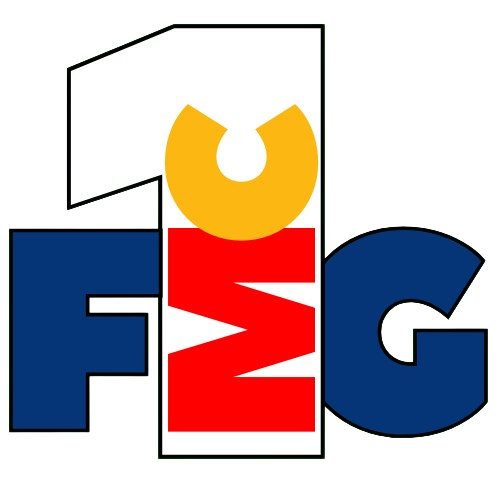Procter & Gamble Battles Soft Sales as Retailers Destock
Procter & Gamble (P&G) reported softer-than-expected revenue growth in its latest quarter, as retailer destocking and muted consumer demand weighed on performance across several categories. Net sales for the fiscal third quarter rose just 1% to $20.2 billion, missing analyst estimates, while organic sales increased 3%—a deceleration from previous periods driven by a volume decline of 2%.
The consumer goods giant attributed the slowdown primarily to retailers trimming inventories, particularly in North America, as supply chains stabilize post-pandemic. Sectors such as grooming, healthcare, and baby care saw notable softness due to this inventory adjustment, along with seasonal factors like a weaker cough and cold season impacting healthcare segments.
Despite challenges, P&G maintained its full-year outlook, signaling confidence in its brand portfolio and pricing strategies. The company continues to benefit from premiumization and pricing gains, even as volume weakness persists in key markets. Gross margin improved by 460 basis points to 52.7%, supported by cost savings, lower commodity prices, and improved operational efficiency.
CEO Jon Moeller said the company was “starting to see some early signs of reacceleration in consumption as we exit the quarter,” suggesting that destocking effects may subside heading into the next fiscal year.
From a strategic perspective, the results highlight a delicate balance facing FMCG manufacturers: sustaining top-line growth through pricing while managing elasticity-driven volume contractions. As consumers remain selective in their spending and retailers optimize inventories, brands that can deliver value and maintain consumer loyalty are best positioned to weather short-term volatility.
P&G’s category leadership in segments like fabric care and feminine care helped cushion the impact, but ongoing headwinds could spark greater promotional activity industry-wide if volume softness persists. For FMCG stakeholders, closely monitoring retail inventory levels and consumer demand signals will be key in adapting supply chain and pricing strategies in the quarters ahead.
Shares of P&G dipped slightly on the earnings announcement but remain up nearly 8% year-to-date, reflecting investor confidence in the company’s fundamentals despite near-term pressures.
